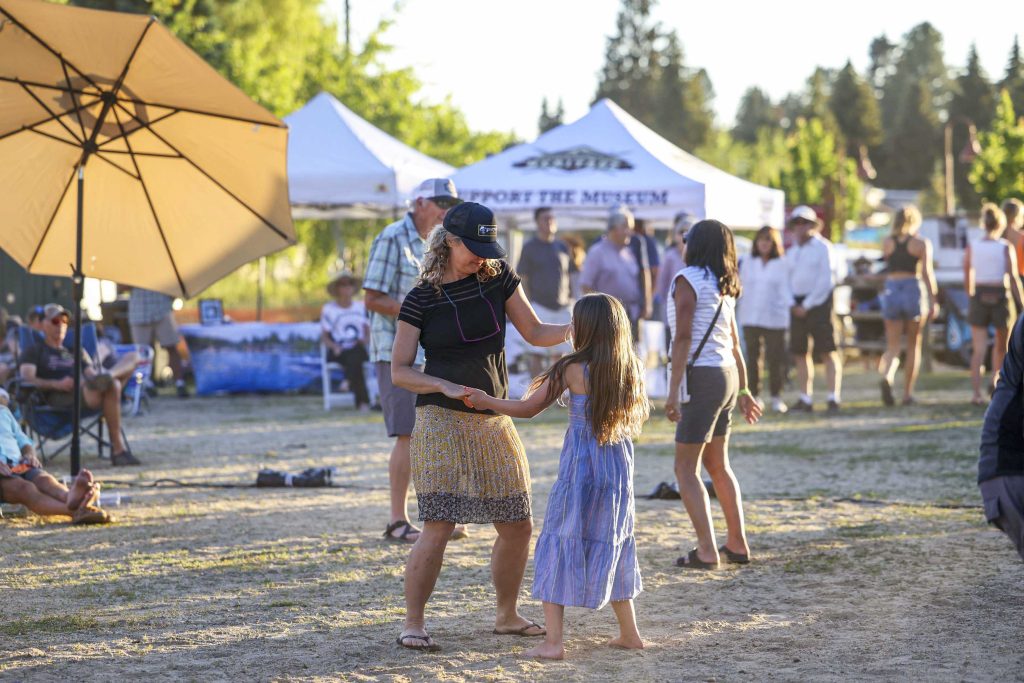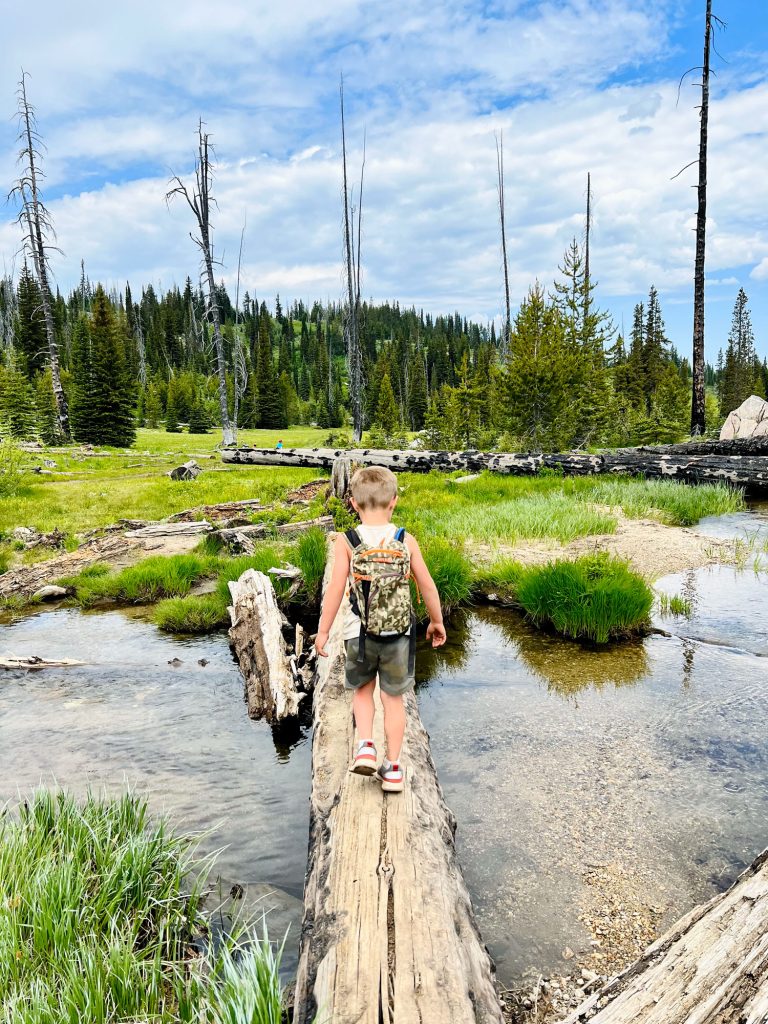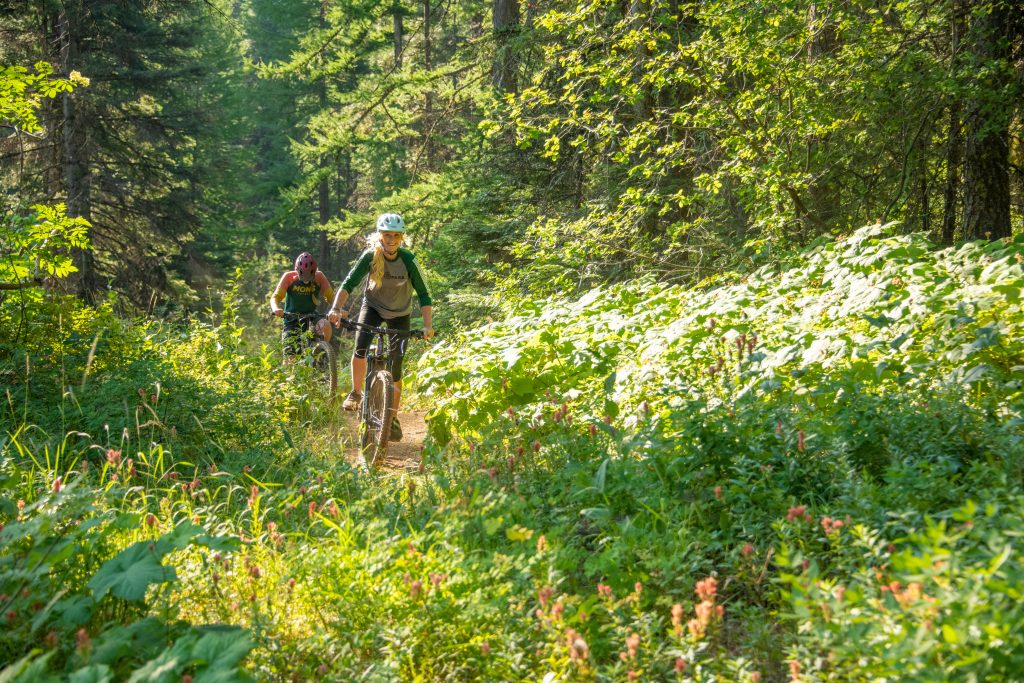The feeling you get when you find a great view can be breathtaking. The beauty of the landscape, the sense of being above the daily grind and the inherent satisfaction of exploring a new place provide an opportunity to pause and take it all in. Sometimes all it takes is a new perspective. Change your vantage point and enjoy a view from the top.
“Hands down, the best scenic vistas around McCall are lookouts,” says Dean Martens. And Martens would know. Having worked for the Forest Service for more than 30 years and now the Outdoor Ambassador for Jug Mountain Ranch, he continues to spend most of his time exploring the great outdoors. “The area around McCall is heavily timbered, so you have to get above the tree line to get a great view.”

The Payette National Forest is home to a large number of lookouts, many of them still manned today. Lookouts first started dotting the landscape of Valley County in the 1920s, spurred by a destructive series of forest fires in 1910. Early lookouts consisted of a wooden platform for a tent that the firewatcher could live in. If smoke was detected, the firewatcher would telephone the nearest guard station and the information would be relayed by a central dispatcher.
With the mobilization of the Civilian Conservation Corps (CCC), the network of fire lookouts and their infrastructure expanded. Between 1930 and 1945, the Payette National Forest had 84 operational fire lookouts, 50 having permanent structures built during this time. Today, new technologies have become a big part of modern-day fire detection and many lookouts were shuttered, but those still in operation continue to play a vital role in forest management.

A trip to a lookout never disappoints. And for those that are still manned, Martens says there is a great opportunity to learn. “Many of the lookouts still use an alidade to determine the location of a fire,” he says. “The alidade moves, but the map underneath it stays still so when you point to a specific spot, all you need is one other lookout pointing at that same place, and where those two lines intersect is the location of the fire.”
For easy access to some of the Payette National Forest’s best scenic vantages, Martens suggests exploring Brundage, No Business, Carey Dome and War Eagle lookouts.
Brundage Mountain Lookout is the most-visited lookout in the area and is managed by the Southern Idaho Timber Protective Association (SITPA). The actual lookout structure has been rebuilt several times; however, the original one-room white pine cabin built in 1914 is still standing. During the filming of Northwest Passage, stars Walter Brennan and Spencer Tracey visited the site and signed the visitor’s logbook. “The Brundage lookout is really unique because you can either drive to it or take a chair lift,” says Martens. If you opt for the chair lift route, the lookout is just a short, scenic hike from the Bluebird Express at Brundage Mountain Resort.
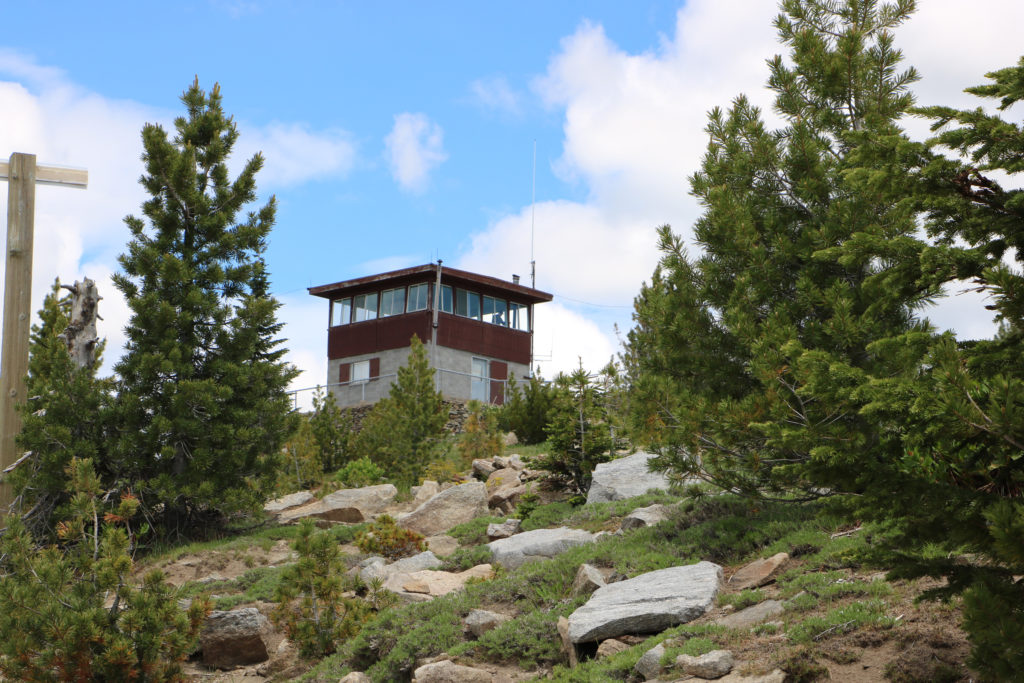
No Business Lookout, accessible by car, is another site managed by SITPA featuring a unique way to deter lightning strikes from damaging the buildings. An ornate stone patio is outfitted with four telephone poles at each corner. Copper wires run from the roof of the lookout to the telephone poles, creating a “halo” of protection. “The views from No Business are fantastic,” says Martens. “From this point you can look down into Payette Lake and Lake Cascade from one side, and across the Council valley on the other.”
Carey Dome is best known for the 72-foot Aermotor steel tower, built in 1934, the only such tower in operation in the area today. Because of the tower, Carey Dome is listed on the National Historic Lookout Register. Located near Burgdorf Hot Springs, this lookout can be accessed by car, although the road can be a bit rough at times. Once at the top, take in the views of the Salmon River and Seven Devils Mountain Range.
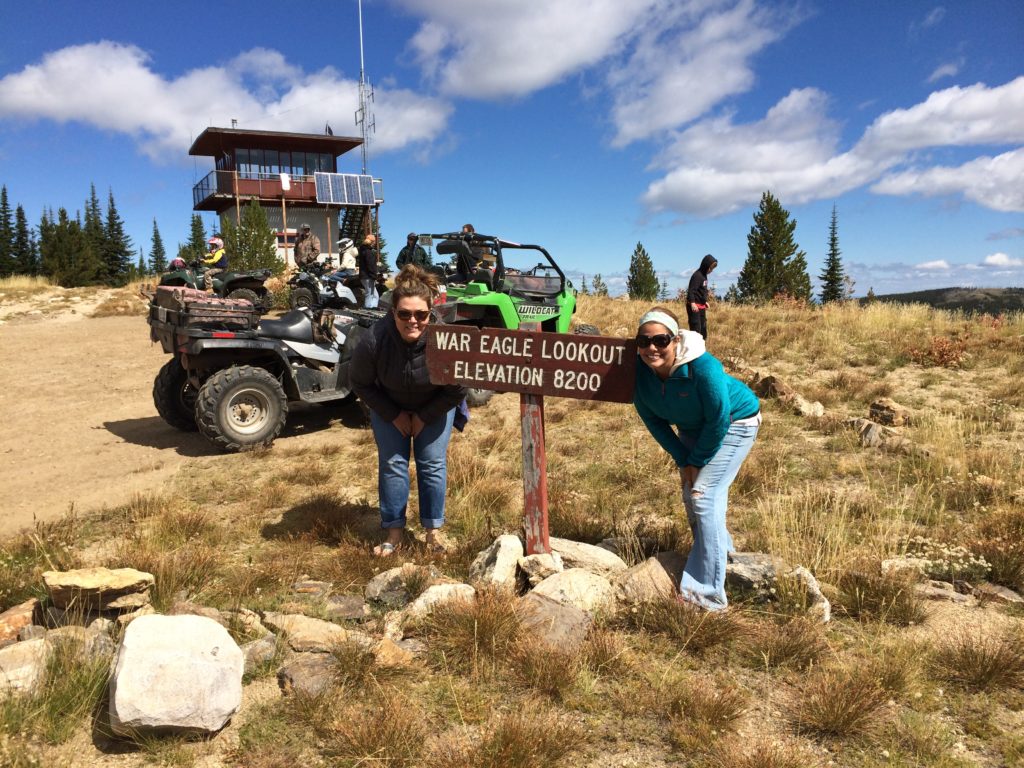
Near Secesh, a road can take you up to the 8,200 foot elevation War Eagle Lookout. This lookout played a vital role in spotting the start of what would become one of the largest forest fires in recent McCall history, the Burgdorf Junction Fire of 2000. The lookout itself was evacuated, wrapped with fire protective material and several buckets of water by helicopter dropped on the structure. The lookout survived, but more than 65,000 acres around it burned. The views from War Eagle showcase the Salmon River and 360 degree views of the surrounding mountains. From here, you can also spot several other lookouts that form the Payette National Forest’s network.
If you are after a bigger adventure, Martens recommends a visit to the Granite Mountain Lookout that requires a two mile hike in. This lookout got its start as a patrol point in 1913 and the current structure was built in 1954. To get here, start at the Twin Lakes trailhead near Goose Lake. About a half mile into the hike, the trail forks toward Granite Mountain. The trek is steep, but manageable as it winds through sections of recovering forests, grassy saddles and rocky terrain.
Many of the lookouts in our area are actively manned during the summer months. A good rule of thumb is to announce yourself as you arrive and bring a little something with you to share with the caretaker. “I used to take newspapers so the lookouts could catch up on current events,” says Martens, “but today, most have access to Internet.” He recommends something as simple as a baked good or small snack, anything to show your appreciation for their time and service…and for sharing the view.
Quick-List: Area Lookouts
- Brundage Mountain
- Carey Dome
- Granite Mountain
- Heavens Gate
- Hershey Point
- Horse Mountain
- Miners Peak
- No Business
- Pilot Peak
- Pollock Mountain
- Sheepeater
- War Eagle
- Williams Peak



